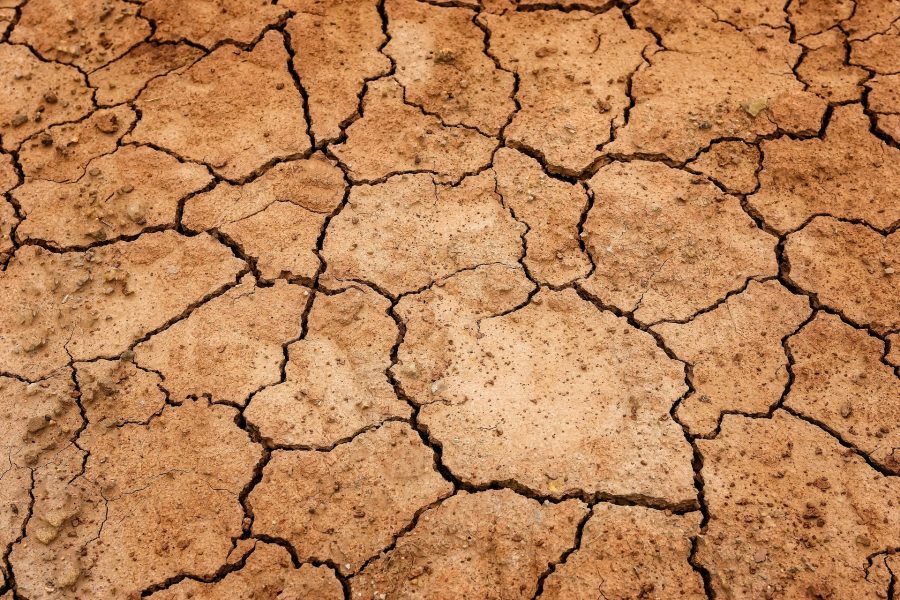Water management and drought preparedness should be cornerstones of every state in the West. Among the states suffering the most from lack of water is California.
Water has shown itself to be a finite resource in many states, particularly those reliant upon surface snowpack sources from mountain ranges in the Western United States and aquifers that have seen little rainfall to recharge them. California has faced three years of drought conditions and it appears there will be no relief on its way this year.
With just 2 inches of rainfall recorded during the first quarter of 2022 and previously reduced water allotments already being curtailed further from 15 percent of normal to just 5 percent for the growing season, agricultural water users in California are going to have to find creative ways to keep their crops and livestock alive. In addition to water curtailments, irrigators and livestock producers will also face the first year of pumping limitations under the implementation of AB 2201.
Under the rules of AB 2201, groundwater users will be monitored through the 2022 water season and beginning in 2023 any groundwater use found to be detrimental to the human right to water policy and/or in a basin that “is subject to critical conditions of overdraft” will not be able to withdraw groundwater without first receiving a permit and completing the following: notifying all groundwater users within a one-mile radius of the extraction facility and notifying state officials when the facility is located within one mile of a disadvantaged community or a domestic well.
Before acting on the permit application, the groundwater sustainability agency must advertise the application online for a minimum of 30 days to allow for public comment. A permit may be denied if the groundwater facility is determined to be in a basin that is inadequately managed.
Last year, 385,000 acres of California’s 43 million acres of agricultural lands were left fallow due to drought. Given the water shortage this year, it is likely even more land will be left unproductive.
The combination of drought, supply chain concerns, and inflation have created a triad of difficult circumstances that are likely to make life difficult for food producers and consumers this year. California leads the nation in the growing of table grapes, almonds, pistachios, strawberries, lettuce, tomatoes, and oranges. Among those crops, strawberries require 1-2 inches of water a day or an average of 11.25 feet of water during a growing season to ripen and mature properly, while lettuce requires about 14 feet of water and tomatoes need about 10 feet of water.
Given the water needs of many fresh crops, some producers may find themselves shifting to crops that are less water intensive to escape the curtailments that have been announced throughout the state. While it may mean less on-farm income, it may also mean producers are able to make it through this year and look ahead to next year.
Unfortunately for consumers, it likely means less access to highly prized fresh produce at a higher cost than usual.
As the United States’ largest producer of fresh fruit and vegetables grapples with another year of dry weather, the agricultural community may need to consider shifting its mindset away from water intensive crops and toward produce that is more drought tolerant. A combination of the bounty California is known for coupled with some new offerings might be just enough to keep the doors open for another year.
Pam Lewison is a farmer, Pacific Research Institute fellow and director of the Washington Policy Center’s Initiative on Agriculture.


